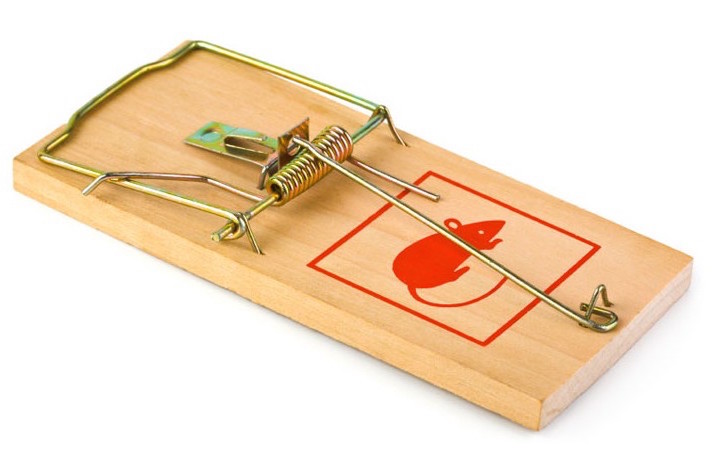Did Darwin Really Say That?

Introduction
If long term evolution is true, then all of life on earth has evolved through a series of countless tiny steps, as natural selection preserves rare beneficial mutations.
Charles Darwin understood this and pointed out the implications by offering a fascinating test for evolution.
In 1859, Darwin wrote:
“If it could ever be demonstrated that any complex organ existed, which could not possibly have been formed by numerous, successive, slight modifications, my theory would absolutely break down. But I can find out no such case.”[1]
That was a long time ago and a lot has changed. For one thing, Darwin knew nothing about the inside of a living cell compared to what we know today.
In Darwin’s day, scientists could see the cell under a microscope, but it looked like a simple glob of gelatinous fluid with a dark spot as the nucleus. The cell could do interesting things. It could divide, and it could move around. But scientists didn’t know how it did anything.[2]
Today, we understand so much more, and it’s nothing short of astonishing. The cell is actually run by high precision molecular machines, all interacting with each other.[3] Life is filled with irreducible complexity.
Irreducible Complexity
Michael Behe, in his best-selling book Darwin’s Black Box, describes the concept of irreducible complexity.
A system or device is irreducibly complex if it has a number of different components that all work together for a purpose. If you were to remove any one of the components, the system would no longer function.
A mousetrap is a good illustration. Here we have an assembly of several different components, all of which work together for a purpose. If any one of the pieces were missing, then the trap would not be functional. And it’s not like the mousetrap becomes less efficient or only catches half as many mice. It doesn’t catch any mice. It’s broken. It doesn’t work at all.
We can see why irreducibly complex systems or devices are not likely to emerge by way of evolutionary processes. Again, evolution represents a step by tiny step process, just one mutation at a time. For a number of functional structures to arrive on the scene suddenly, and working together at the same time, is more like a miracle. And miracles are not in harmony with evolutionary theory.
So, what do we find inside the cell? Let’s consider just one small piece of this amazing world.
A Three Way Circle
The cell is filled with giant molecules called proteins, some of them micro-machines, all working together to keep the cell functional and alive. The human body contains hundreds of thousands of different kinds of proteins.
Inside the nucleus of every cell is the DNA molecule. DNA contains the instructions required to build all the proteins in a given organism. Many large and complex proteins are involved in the process of extracting the information from the DNA, and using that information to assemble more proteins.
This process is called transcription and translation, and you can watch it in action, in a fascinating animated video located here.
Here, we begin to see a chicken and the egg problem. We need the information in DNA to build proteins. But we need proteins to extract the information in DNA. We are looking at a highly complex—irreducibly complex—system in the cell. But it gets, well, more complex.
Protein molecules need energy to function, and that energy is called adenosine triphosphate, or ATP. ATP is produced by ATP Synthase, yet another giant protein molecule, which turns out to be an absolutely stunning micro-machine.
ATP Synthase is a tiny rotary motor that uses protons to generate spin, joining ADP molecules to Phosphate molecules, creating ATP. The motor consists of nine components and operates at near 100% efficiency.[4] Take a look at a brief animated video of this amazing machine in action, here. The ATP Synthase motor is undeniably, irreducibly complex.
Notice the vicious three way circle. We have DNA containing the code required to build proteins. But proteins are needed to extract that code. ATP Synthase, in itself a highly complex machine, is required to power the proteins. Everything about this situation is incredibly, highly, irreducibly complex.
Conclusion
For years, scientists have offered many different living systems and structures that fit the description of irreducible complexity. We could look at the eye, the wing, the blood clotting mechanism, and so many more.[5]
But now we have the cell. We understand that so many systems and processes operating at the molecular level inside the cell are of such obvious, undeniable, irreducible complexity. Every living cell on earth.
By Darwin’s own pen, the theory of evolution breaks down.
I sometimes wonder if Charles Darwin would reconsider his theory in light of what we know today. It’s difficult to say. But I’ll give him the benefit of the doubt. I’d like to think he would.
[1]Charles Darwin, The Origin of Species: A Facsimile of the First Edition (Cambridge, MA: Harvard University Press, 1964), 189.
[2]Lee Strobel, The Case for a Creator (Grand Rapids, MI: Zondervan, 2004), 196.
[3]Ibid., 197.
[4]Jonathan Sarfati, By Design (Australia, Creation Ministries International, 2008), 133.
[5]Many examples of irreducible complexity can be found in Sarfati, By Design, and Behe, Darwin’s Black Box.
This information is AMAZING Greg! I’ll have to hear & read it several times to fully understand it.
THANKS for posting this!
Elaine